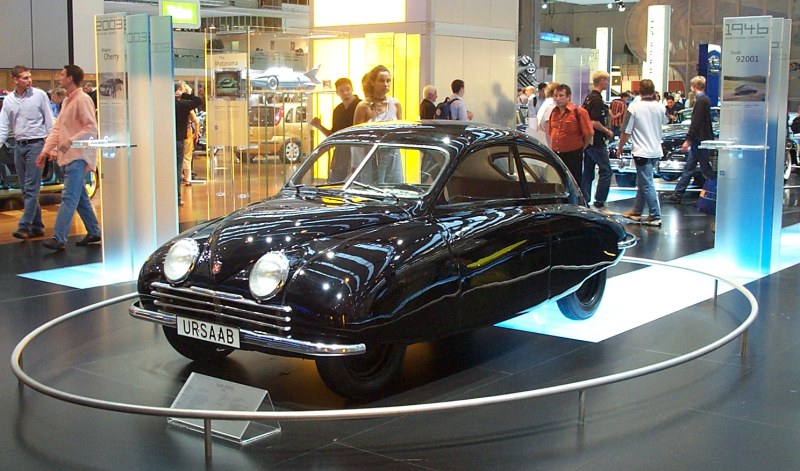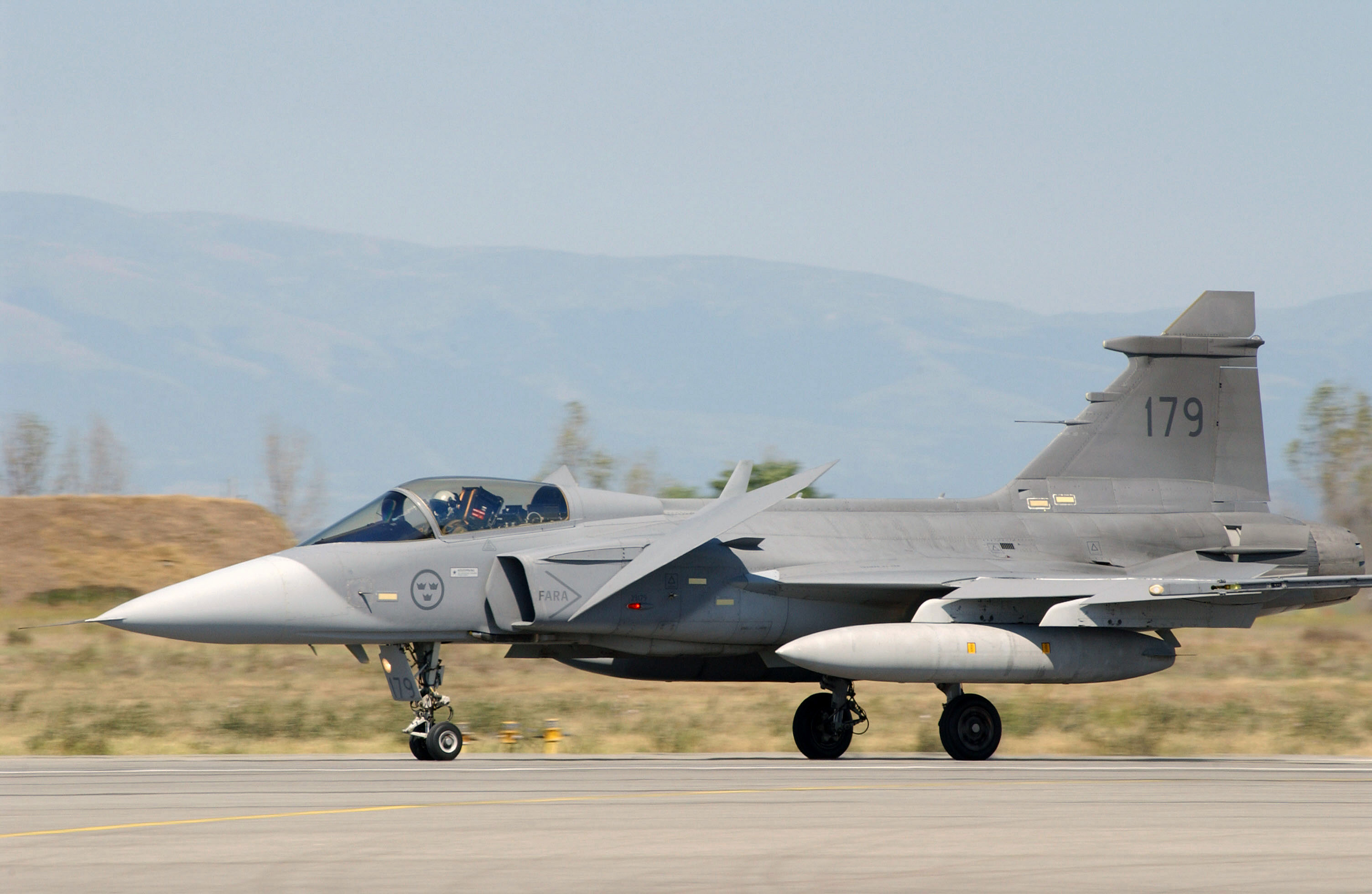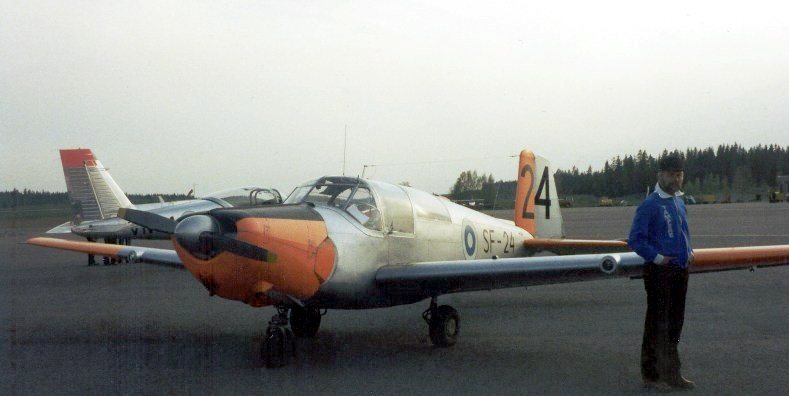|
Ursaab
Ursaab (lit. ''Proto-Saab''), also known as 92001 and X9248, was the first of four prototype cars made by Saab AB, which at that time was solely an aeroplane manufacturer, leading to production of the first Saab car, the Saab 92 in 1949. The car is now in the Saab Car Museum in Trollhättan. The name "Ursaab" means "original Saab". The model was developed by a 16-person team led by engineer Gunnar Ljungström and designer Sixten Sason. Design An automobile design project was started in 1945 by Saab AB, a manufacturer of warplanes, with the internal name X9248. The design project became formally known as Project 92; the 92 being next in production sequence after the Saab 91, a single engine trainer aircraft. The aim was to design a car that would compete with small German cars like Opel Kadett, VW Beetle, DKW and Adler. The target consumer price was 3200 SEK. Bror Bjurströmer, who was then head of the design department, developed a 1:25 scale sketch and the overall design speci ... [...More Info...] [...Related Items...] OR: [Wikipedia] [Google] [Baidu] |
Ursaab
Ursaab (lit. ''Proto-Saab''), also known as 92001 and X9248, was the first of four prototype cars made by Saab AB, which at that time was solely an aeroplane manufacturer, leading to production of the first Saab car, the Saab 92 in 1949. The car is now in the Saab Car Museum in Trollhättan. The name "Ursaab" means "original Saab". The model was developed by a 16-person team led by engineer Gunnar Ljungström and designer Sixten Sason. Design An automobile design project was started in 1945 by Saab AB, a manufacturer of warplanes, with the internal name X9248. The design project became formally known as Project 92; the 92 being next in production sequence after the Saab 91, a single engine trainer aircraft. The aim was to design a car that would compete with small German cars like Opel Kadett, VW Beetle, DKW and Adler. The target consumer price was 3200 SEK. Bror Bjurströmer, who was then head of the design department, developed a 1:25 scale sketch and the overall design speci ... [...More Info...] [...Related Items...] OR: [Wikipedia] [Google] [Baidu] |
Saab Automobile
Saab Automobile AB () is a defunct automotive industry, car manufacturer that was founded in Sweden in 1945 when its parent company, Saab AB, began a project to design a small automobile. The first production model, the Saab 92, was launched in 1949. In 1968 the parent company merged with Scania-Vabis, and ten years later the Saab 900 was launched, in time becoming Saab's best-selling model. In the mid-1980s the new Saab 9000 model also appeared. In 1989, the automobile division of Saab-Scania was restructured into an independent company, Saab Automobile AB. The American manufacturer General Motors (GM) took 50 percent ownership. Two well-known models to come out of this period were the Saab 9-3 and the Saab 9-5. Then in 2000, GM exercised its option to acquire the remaining 50 percent. In 2010 GM sold Saab Automobile AB to the Dutch automobile manufacturer Spyker Cars N.V. After many years establishing a sound engineering reputation and ultimately a luxury car, luxury price t ... [...More Info...] [...Related Items...] OR: [Wikipedia] [Google] [Baidu] |
Gunnar Ljungström
Gunnar Ljungström (1905-1999) was a Swedish engineer and technical designer, specialised in aerodynamics and automobile industry, pioneering the early history of the Swedish car brand SAAB. Biography Gunnar Ljungström was the born in 1905 as son of the industrialist Fredrik Ljungström. After examination from Whitlockska samskolan, he was admitted to studies in mechanics at the Royal Institute of Technology. While there he was elected President of the Student Union at the Royal Institute of Technology, active the constructions of its new student center facilities Nymble in 1930 at the site of the new campus in Stockholm. Furthermore, he was an avid sailor among other sports, also winning an academic gold medal in Sweden in pole vault. He also pioneered water skiing in Sweden in 1929, culminating in introducing the new sport in slalom moves to the Swedish public at the 100th anniversary of the Royal Swedish Yacht Club in Sandhamn in 1930. Graduating as engineer in 1932, he ... [...More Info...] [...Related Items...] OR: [Wikipedia] [Google] [Baidu] |
Saab 92
The Saab 92 was the first production car from Saab Automobile, Saab. The design was very aerodynamic for its time, with a drag coefficient (''cx'' or ''cw'') of 0.30. The entire body was stamped out of one piece of sheet metal and then cut to accommodate doors and windows. Full-scale production started December 12, 1949, based on the prototype Saab Ursaab, Ursaab. All of them were of the Deluxe version. A standard version was advertised, but nobody was interested in buying it so no standard versions were produced. The engine was a Transverse engine, transversely-mounted, water-cooled two-cylinder, Two-stroke engine, two-stroke 764 cc Engine displacement, displacement, 25 hp (19 kW) engine based on a DKW design, giving a top speed of . The transmission had three gears, the first unsynchronised. In order to overcome the problems of oil starvation during overrun (engine braking) for the two-stroke engine, a freewheel device was fitted. The suspension was by torsion ba ... [...More Info...] [...Related Items...] OR: [Wikipedia] [Google] [Baidu] |
Saab Car Museum
The Saab Car Museum is an automobile museum in Trollhättan, Sweden. It covers the history of the Saab brand of automobiles manufactured by Saab under various owners since 1947. The museum is housed within one of the old factory buildings at , a science and technology centre on the former NOHAB industrial estate in Trollhättan. The museum's collection of about 120 vehicles was scheduled to be publicly auctioned off on January 20, 2012 by Swedish law firm, Delphi, in order to cover Saab's debts following the company's bankruptcy proceedings. However, the collection was preserved in its entirety by a bid of $4.15 million made by the city of Trollhättan, Saab AB and The Marcus and Amalia Wallenberg Memorial Fund. The museum is curated by Peter Bäckström, remains open to the public, and hosts festivals regularly. Cars on display The vehicles on display in the museum include: * UrSaab, Saab's first vehicle, a prototype of the Saab 92. * Saab 92, the first production vehicle pr ... [...More Info...] [...Related Items...] OR: [Wikipedia] [Google] [Baidu] |
Saab AB
Saab AB (originally , later just SAAB and Saab Group) is a Swedish aerospace and defence company, founded in 1937. Headquartered in Stockholm, the development and the manufacturing is undertaken in Linköping. Saab produced automobiles from 1947 until 1990 when the automobile division was spun off as Saab Automobile, a joint venture with General Motors. The joint venture ended in 2000 when GM took complete ownership. From 1968 onwards the company was in a merger with commercial vehicle manufacturer Scania-Vabis, known as Saab-Scania. The two were de-merged in 1995 by the new owners, Investor AB. Despite the demerger, both Saab and Scania share the right to use the griffin logo, which originates from the coat of arms of the Swedish region of Scania. History "Svenska Aeroplan AktieBolag" (Swedish for "Swedish Aeroplane Company Limited") (SAAB) was founded in 1937 in Trollhättan, with the merger of Svenska Aero AB (SAAB) and Linköping based ASJA the headquarters moved to Lin ... [...More Info...] [...Related Items...] OR: [Wikipedia] [Google] [Baidu] |
Saab 90 Scandia
The Saab 90 Scandia was a civil passenger aeroplane, manufactured by the Svenska Aeroplan Aktiebolaget (SAAB), in Linköping, Sweden. In 1944, as it was becoming clear that hostilities in Europe (the Second World War) would soon be at an end, SAAB realised that the company had to diversify from purely military endeavours if it were to survive. The board therefore decided to put into action a plan to manufacture a twin-engined, short- to medium-haul passenger aircraft, as a successor for the Douglas DC-3. (This was the same commercially driven stimulus that led to automobile production, with the Ursaab and subsequent Saab 92 passenger vehicles.) The design of the 90 Scandia was quite similar to the DC-3. The most distinct visible difference was that the 90 had tricycle landing gear while the DC-3 had a tailwheel. The Scandia also had a quite different vertical stabilizer shape, and numerous more subtle differences. The 90 had to compete with the many surplus DC-3s available on the ... [...More Info...] [...Related Items...] OR: [Wikipedia] [Google] [Baidu] |
Driving Licence
A driver's license is a legal authorization, or the official document confirming such an authorization, for a specific individual to operate one or more types of motorized vehicles—such as motorcycles, cars, trucks, or buses—on a public road. Such licenses are often plastic and the size of a credit card. In most international agreements the wording "driving permit" is used, for instance in the Vienna Convention on Road Traffic. In this article's country specific sections, the local spelling variant is used. Most American jurisdictions issue a permit with "driver license" printed on it but some use "driver's license", which is conversational American English. Canadian English uses both "driver's licence" as well as "driver licence" ( Atlantic Canada). The Australian and New Zealand English equivalent is "driver licence". In British English and in many former British colonies it is "driving licence". The laws relating to the licensing of drivers vary between jurisdi ... [...More Info...] [...Related Items...] OR: [Wikipedia] [Google] [Baidu] |
Saab 91 Safir
The Saab 91 Safir (Swedish for sapphire) is a three (91A, B, B-2) or four (91C, D) seater, single engine trainer aircraft. The Safir was built by Saab AB in Linköping, Sweden (203 aircraft) and by '' De Schelde'' in Dordrecht, Netherlands (120 aircraft). Design and development Development of the Safir began in 1944 as part of a plan to compensate for reductions in orders for military aircraft when the Second World War finally ended. Three major civil programmes were planned, the Type 90 Scandia airliner, the Type 91 Safir light aircraft and the Saab 92 motor car. The Safir was designed by Anders J. Andersson, who had previously worked for Bücker, where he had designed the all-wood Bücker Bü 181 "Bestmann". The Safir thus shared many conceptual design features with the Bestmann. It was primarily of metal construction, although it did have fabric-covered control surfaces. Development was slowed by the need to concentrate on more urgent military work, and by industrial actio ... [...More Info...] [...Related Items...] OR: [Wikipedia] [Google] [Baidu] |
Prototype
A prototype is an early sample, model, or release of a product built to test a concept or process. It is a term used in a variety of contexts, including semantics, design, electronics, and Software prototyping, software programming. A prototype is generally used to evaluate a new design to enhance precision by system analysts and users. Prototyping serves to provide specifications for a real, working system rather than a theoretical one. In some design workflow models, creating a prototype (a process sometimes called materialization) is the step between the Formal specification, formalization and the evaluation of an idea. A prototype can also mean a typical example of something such as in the use of the derivation 'prototypical'. This is a useful term in identifying objects, behaviours and concepts which are considered the accepted norm and is analogous with terms such as stereotypes and archetypes. The word ''wikt:prototype, prototype'' derives from the Greek language, Greek ... [...More Info...] [...Related Items...] OR: [Wikipedia] [Google] [Baidu] |
Ladder Frame
A vehicle frame, also historically known as its ''chassis'', is the main supporting structure of a motor vehicle to which all other components are attached, comparable to the skeleton of an organism. Until the 1930s, virtually every car had a structural frame separate from its body. This construction design is known as '' body-on-frame''. By the 1960s, unibody construction in passenger cars had become common, and the trend to unibody for passenger cars continued over the ensuing decades. Nearly all trucks, buses, and most pickups continue to use a separate frame as their chassis. Functions The main functions of a frame in a motor vehicle are: # To support the vehicle's mechanical components and body # To deal with static and dynamic loads, without undue deflection or distortion. :These include: ::*Weight of the body, passengers, and cargo loads. ::*Vertical and torsional twisting transmitted by going over uneven surfaces. ::*Transverse lateral forces caused by road conditi ... [...More Info...] [...Related Items...] OR: [Wikipedia] [Google] [Baidu] |


_(crop).jpg)







